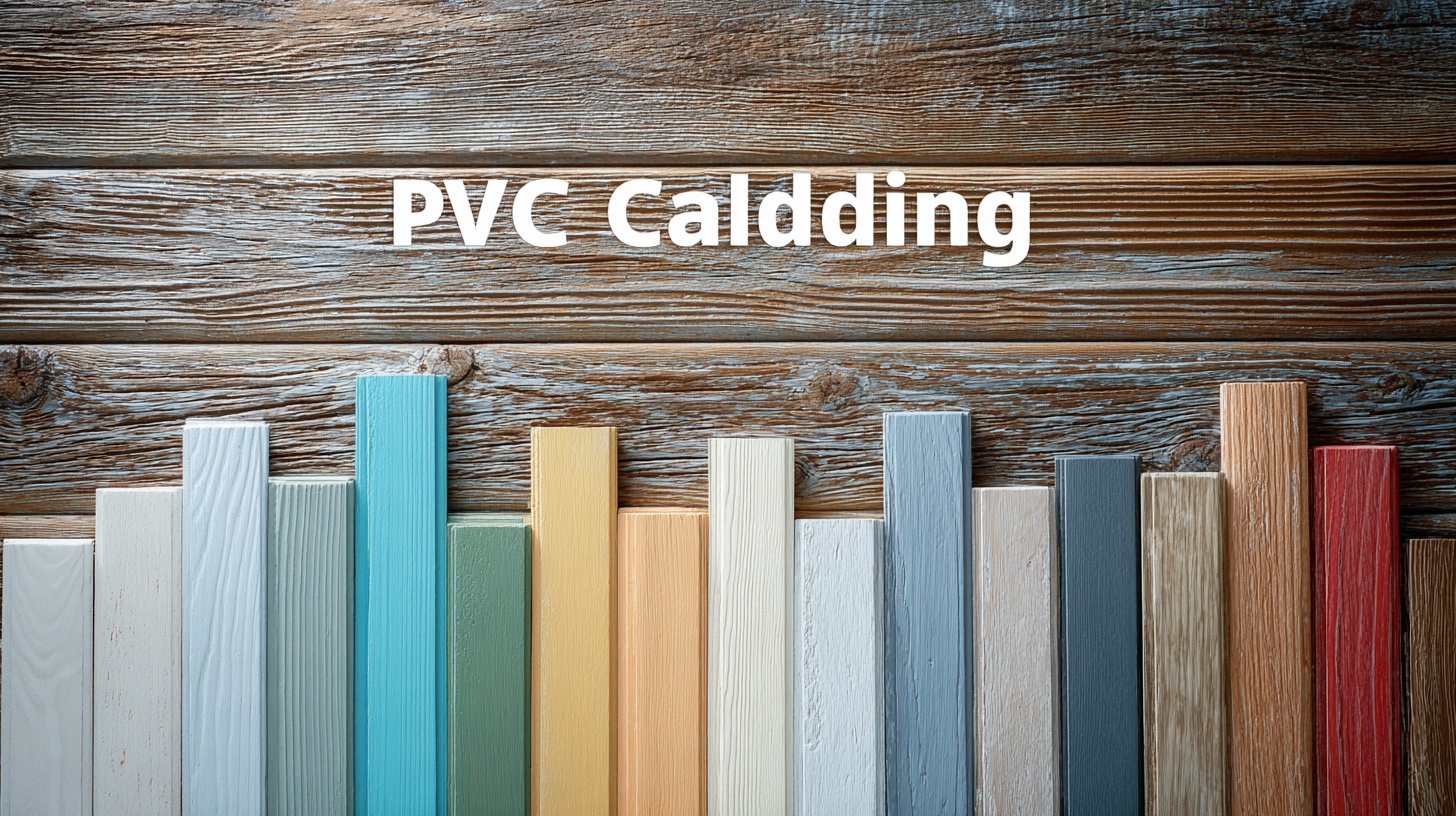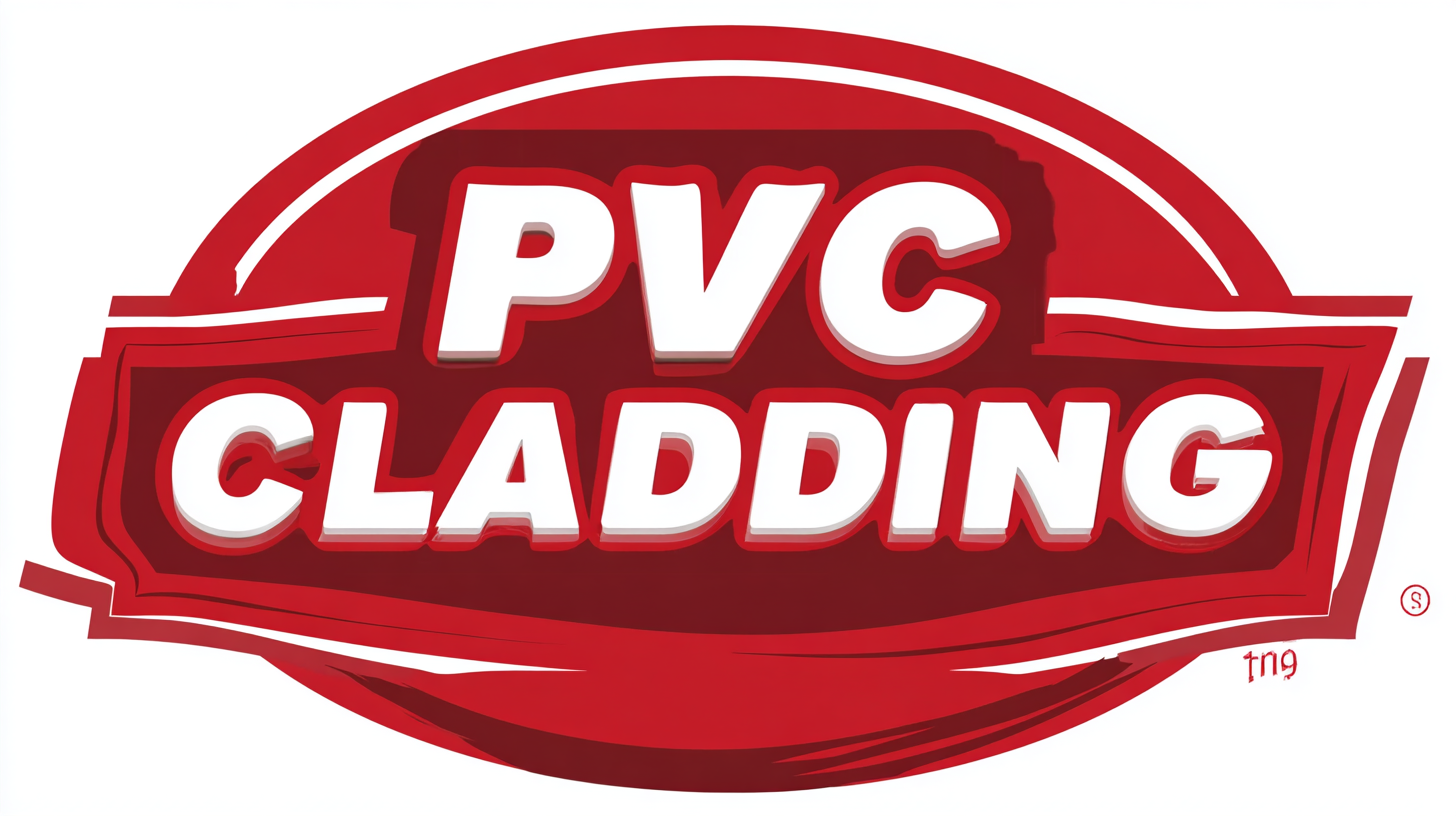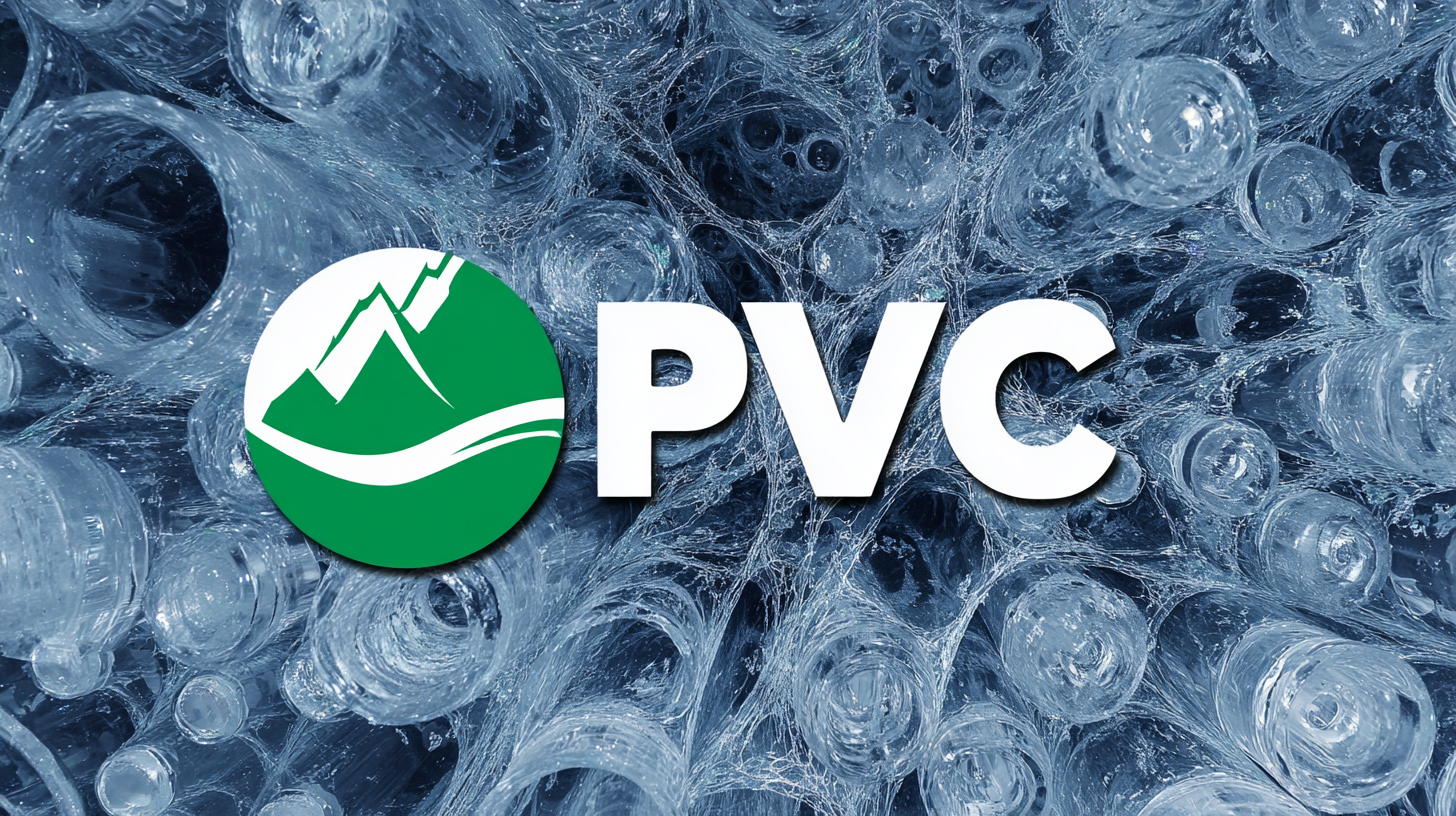
In the ever-evolving landscape of construction and interior design, PVC cladding panels have emerged as a preferred choice for many professionals. As per a report by Smithers Pira, the global market for PVC cladding is projected to reach $10.5 billion by 2025, driven by their durability, low maintenance requirements, and aesthetic versatility. These panels offer not only practical benefits but also design flexibility, making them suitable for various applications, from residential to commercial spaces. Understanding the technical specifications of PVC cladding panels is crucial for selecting the right product that meets specific project needs. This ultimate guide aims to equip architects, builders, and homeowners with essential insights into the attributes of the best PVC cladding panels, ensuring well-informed decisions that enhance both style and functionality in construction projects.

When selecting PVC cladding panels, it is crucial to be aware of common issues that can arise with different types. One prevalent concern is material quality. Low-grade PVC panels may become brittle over time, leading to cracking and reduced aesthetic appeal. Additionally, improper installation can result in sagging or misalignment, causing further complications and requiring costly repairs.
Another significant issue is moisture retention. While PVC is generally moisture-resistant, poor drainage or inadequate sealing can lead to water pooling, promoting mold growth and compromising the integrity of the panels. Moreover, some panels are susceptible to UV damage, which can result in fading colors and weakened structure over time. It’s essential to choose panels specifically designed for your climate and exposure conditions to mitigate these risks effectively. Understanding these common challenges will empower homeowners and builders to make informed decisions when selecting PVC cladding panels.
When selecting PVC cladding panels, it's crucial to be vigilant about potential physical defects that could affect both aesthetics and durability. Common issues include warping, fading, and surface cracks. Warped panels may not fit properly during installation, leading to gaps that can compromise insulation and appearance. Inspecting for uniformity in color and texture is equally important, as inconsistencies may indicate inferior manufacturing processes.
Tip: Always examine the edges of the panels for signs of chipping or damage, as these areas are often more susceptible to wear. This can be a telltale sign of poor handling or quality control during production.
Another red flag to watch for is surface discoloration, which can result from exposure to UV rays or moisture. Not only can this affect the panel's look, but it may also lead to a reduction in lifespan. Before purchasing, it’s advisable to request samples to assess their resilience and quality firsthand.
Tip: When evaluating samples, expose them to sunlight and moisture for a short period to see how they react. This can help you identify which panels are most likely to withstand the elements over time.

When selecting PVC cladding panels, understanding the impact of
environmental conditions on their durability is crucial. PVC, or polyvinyl
chloride, is a synthetic plastic polymer that is highly valued for its resistance to moisture, rot,
and UV radiation. However, exposure to extreme weather conditions—such as intense sunlight,
fluctuating temperatures, and high humidity—can significantly affect the longevity and appearance of PVC
cladding. Proper formation and additives in the manufacturing process can enhance the panel's performance in
various climates, ensuring it remains robust and aesthetically pleasing for years.
Moreover, the geographical location plays a vital role in the
performance of PVC cladding panels. For instance, regions with high temperatures may necessitate panels with
greater UV stabilization to prevent fading and cracking. Conversely, areas
subject to heavy rainfall and moisture may benefit from enhanced waterproofing
features to combat warping and degradation. Ultimately, understanding these environmental factors
will empower consumers to make informed choices, ensuring their selection of PVC cladding panels not only
meets aesthetic aspirations but also withstands the rigors of nature.
When it comes to choosing PVC cladding solutions, understanding cost-effectiveness is crucial. The best products on the market not only provide durability and aesthetic appeal but also offer long-term savings. By comparing various options, you can identify panels that not only fit within your budget but also reduce maintenance costs over time. Investing in high-quality PVC cladding may have a higher upfront cost, but its longevity and low upkeep can lead to significant savings in the years to come.
In evaluating the best PVC cladding solutions, it’s essential to consider the balance between cost and performance. Some panels may appear cheaper initially, but factors such as weather resistance, color retention, and ease of installation can impact overall value. A comprehensive cost analysis should include installation expenses and potential energy savings that high-performance cladding can bring. By focusing on these aspects, you can make an informed decision that ensures your investment yields the best return, both in terms of aesthetics and financial efficiency.
| Attribute | Option 1 | Option 2 | Option 3 |
|---|---|---|---|
| Material Thickness | 5mm | 8mm | 10mm |
| Panel Size (mm) | 2500 x 1200 | 3000 x 1500 | 2400 x 1000 |
| Weight (kg/m²) | 4.5 | 6.0 | 7.5 |
| Fire Rating | B | C | A |
| Cost per m² ($) | 20 | 25 | 30 |
When it comes to maintaining PVC cladding panels, homeowners often face several challenges that can impact their appearance and longevity. One of the primary issues is the accumulation of dirt, grime, and mildew, which can dull the vibrant colors and textures that make these panels appealing. Additionally, UV exposure can lead to fading over time, necessitating an effective cleaning strategy and routine inspections to preserve their aesthetics.

To tackle these maintenance challenges, regular cleaning is essential. A simple solution involves using a mix of mild soap and water, applied with a soft cloth or sponge to gently remove dirt without scratching the surface. For tougher stains or mildew, a diluted bleach solution can be effective, but care must be taken to rinse thoroughly to avoid any potential damage.
Furthermore, applying a suitable protective coating can shield panels from UV rays and enhance their resistance to staining, ultimately prolonging their life and maintaining their visual appeal. Proper installation, along with periodic checks for signs of wear or damage, can also contribute significantly to the longevity and upkeep of PVC cladding panels.
